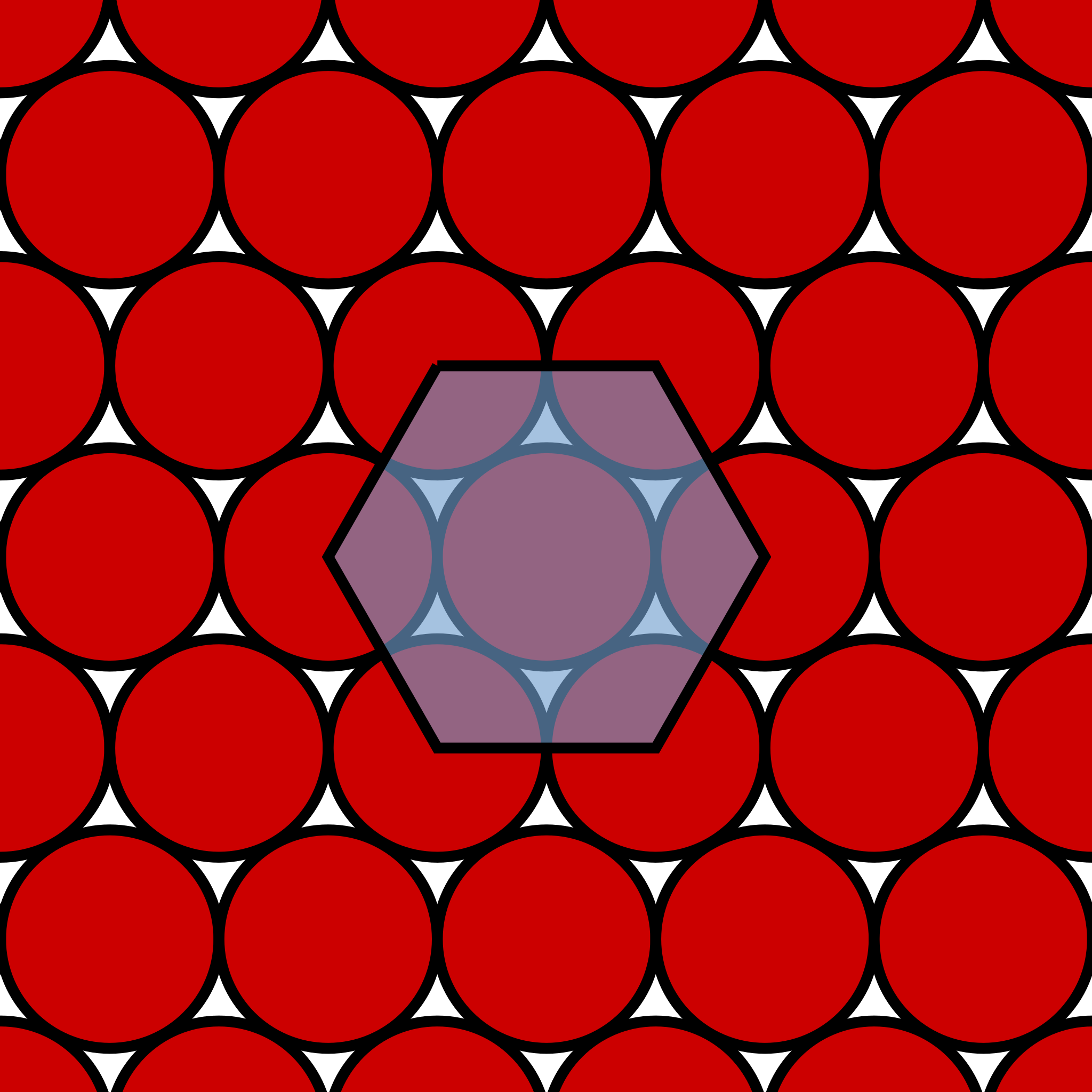The next time you sit down to tackle a jigsaw puzzle, bring your calculator – you just might need it.
Math kind of has a reputation for being a dry topic, suitable only for boffins and… uh… FBI agents? But the truth is, mathematicians are fun, cool people, who enjoy maximally efficient parties and humorous wordplay just like the rest of us.
And what’s the most badass thing a person can do? That’s right: jigsaws. So it’s no wonder that mathematicians have turned their attention to the pastime, offering up an answer to the question plaguing puzzlers the world over: exactly how large of a table do you need to put your ‘saw on?
Well, okay – technically, it wasn’t mathematicians, rather one biophysicist and one experimental quantum physicist. “My husband and I were doing a jigsaw puzzle one day,” Madeleine Bonsma-Fisher, a postdoc at the University of Toronto, told New Scientist, “and I just wondered if you could estimate the area that the pieces take up before you put the puzzle together.”
The result: a neat little paper, barely six pages long, which takes the concept of optimal circle packing and applies it to your grandma’s favorite rainy-day activity. (It’s worth noting that while only a preprint, and therefore not peer-reviewed, the geometry calculations used in the paper are pretty basic and unlikely to be incorrect.)
“People have been interested in arranging circles in 2D for a long time,” Bonsma-Fisher told Popular Mechanics, “and it’s now known that arranging circles in a hexagonal lattice is the tightest possible way to arrange them on a 2D surface, where the goal is to have the smallest spaces possible between circles.”
“This is also the reason why honeycombs are shaped the way they are,” she pointed out. “[B]ees actually make circular cells, but these get squished into a hexagonal lattice, [which is] the most efficient way to squish circles together.”
The idea is this: for a table to contain every piece of a jigsaw puzzle, it should be big enough to fit that number of circles across it. That might sound strange – after all, jigsaw pieces are generally not circular – but there’s a method in the madness: the Bonsma-Fishers are looking not for the absolute minimum area needed to fit all pieces, but “the area the pieces take up when you don’t pay much attention to piece orientation or position,” she explained.
It’s less efficient, space-wise, but it makes more sense for a human puzzle-solver. By considering each piece as a circle rather than some closer approximation, there’s room for us to rotate, move, or swap out various pieces – and actually, y’know, solve the thing.
So, what’s the answer? Well, it pretty much comes down to that hexagonal tiling pattern. If we draw it out, we can see that each hexagon has an area approximately three times that of one circular “puzzle piece” – there’s the complete one in the middle, and then six thirds around the edge.

Circles packed in a hexagonal packing arrangement.
Now, the area of a regular hexagon is 3√3/2 times d2, where d is the length of the sides. So what’s d? Well, we can see from the diagram that it’s the diameter of one of the circles – or, in puzzle piece terms, the diagonal across one piece.
Assuming each piece is (roughly) a square, then, that d will be the hypotenuse of a right-angled triangle with two equal shorter sides of length √(Area of entire puzzle/Number of puzzle pieces). Using the Pythagorean theorem, this means that d2 is equal to twice the area of the puzzle divided by the number of pieces.

Pythagoras’s Theorem states that a^2 + b^2 = c^2 … or in this case, d^2.
Image Credit: Leonardo Da Vinci, Public Domain, Edited By IFLScience
The total amount of space needed, then, is equal to the number of pieces N times the area of one piece. That piece, if you remember, is approximately one-third of the area of one hexagon in this lattice configuration – which, in turn, is equal to 3√3/2 times d2. In other words,

For those taking notes.
Image Credit: IFLScience
The final answer: root 3. “The area of the unassembled puzzle is simply √3 times the area of the assembled puzzle, independent of the number of pieces,” write the Bonsma-Fishers in their paper.
Just to make sure, the couple verified their formula on nine puzzles, ranging from a 9-piece to a 2000-piece. It worked perfectly: “We found close agreement between realistic measurements and our theoretical prediction across a wide range of puzzle areas and numbers of pieces,” the pair wrote, before presenting photographic evidence of a completed 1008-piece jigsaw puzzle.
So, now we know: if you want enough space for all your jigsaw pieces, make sure your surface is about 1.73 times the area of your puzzle – although “if you really want to lay all your pieces out flat and be comfortable,” Bonsma-Fisher told New Scientist, “your table should be a little over twice as big as your sample puzzle.”
The paper can be found on the ArXiV.
Source Link: Finally, A Mathematical Formula For Setting Up A Jigsaw Puzzle